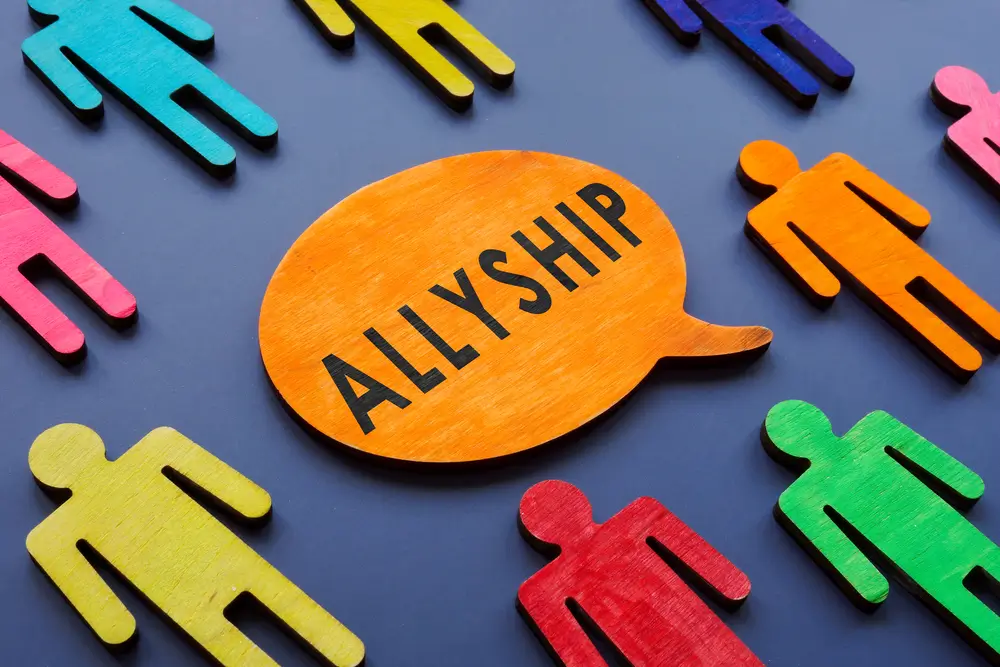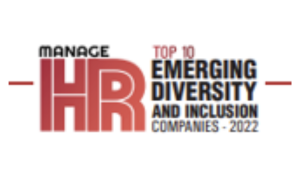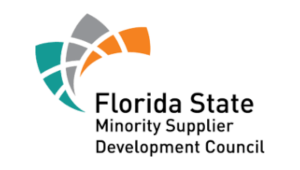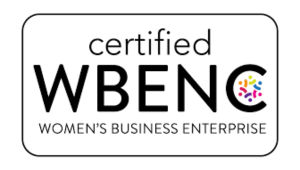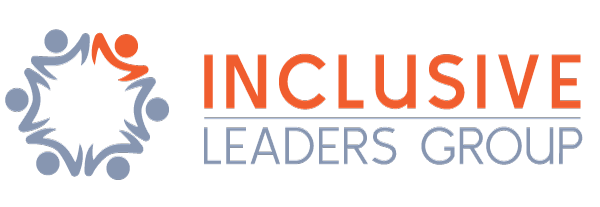Did you know that in 2021, Dictionary.com named “allyship” its word of the year beating out popular and controversial words like burnout, critical race theory, and the vaccine? This new word of the year was only added to Dictionary.com sometime in 2021 – a distinctive first for a new word to be awarded the annual title.
Research indicates and almost everyone agrees that executive leadership has a key role to play when an organization commits to advance DEI as a business strategy. As more energy and momentum generates about DEI and Racial Equity, executive leaders are making decisions on where they fit in the process. In some industries and companies, the issue of inequity in the workplace has become a crisis of operations and sustainability. Many leaders might see their place as being at the helm, leading those efforts directly and with the same consistent approach that has successfully navigated crises in the past.
Allyship Must Start with the Senior Leadership Team
A successful culture of allyship in an organization is one where people who are in a privileged situation – due to factors such as their ethnicity, gender, sexuality, socio-economic background, education, or mental health – actively and consistently advance the interests of marginalized groups. In the workplace, this will not only ensure managers attract and retain the best employees but will also improve teamwork and productivity.
Allyship in the workplace means advocating for someone whose identity is not the same as yours. This can come in big and small gestures, from prompting someone to speak in a meeting after they’ve been ignored or championing a colleague for a promotion. It’s meant to make workplaces more supportive, welcoming spaces for people who have historically been left out.
Organization leaders must prioritize allyship by putting into place programs and policies to foster and reward it in their workplaces. Mentorship, training, top-down organizational reviews, inclusive policies and diversity, equity, and inclusion training are all ways to teach workers when, how, and why to advocate for one another.
“Senior leaders set the tone for inclusion at a given company, and they have significant power to make a change,” says Michelle Thompson-Dolberry, Chief Diversity, Equity, and Inclusion Officer at MFS Investment Management.
A basic structure companies can follow to build an environment that supports allyship is the ABC model (as described by Ali Shalfrooshan, Head of International Assessment R&D at PSI Talent Measurement):
- A is for acknowledge to study and learn about the challenges of underrepresented groups. It should give the ally a sufficient understanding of what’s gone wrong and what needs to change.
- B is for building: to move from understanding toward creating an inclusive environment, which comes in the form of relationship building, active listening, and gathering diverse perspectives.
- C is for champion: to start acting on the research and perspectives an ally has gathered. The ally is actively looking for ways to make change through formal and informal channels.
This framework allows leaders to create a path to allyship, starting with education. Here are additional ideas on a company-wide level that organizations can implement to act as an ally to minority employees:
- Create formal mentorship programs – Mentorship is a great way to democratize access to knowledge and opportunities within a company. Mentorship programs can connect underrepresented employees to mentors, managers and peers to help them succeed.
- Conduct DEI training – A way to deepen individual and company-wide commitments using allyship is through ongoing education. Diversity training teaches people how to become allies and focuses on the perspectives of marginalized co-workers. Inclusive Leaders Group’s Allyship Skills for Creating a Belonging Culture Workshop accomplishes this objective.
- Evaluate organizational structures – Your organization likely has delineated pathways for role changes, raises, and promotions. Work with the HR team to review these and remove any roadblocks that might exist for people of color and other marginalized groups to grow. Partner with DEI experts for 3 months to have an audit conducted of your organizational culture. The audit focuses on diversity, equity, inclusion, and belonging with ILG’s DEI Cultural Assessment Partnership.
The Inclusive Leaders Group consulting team and I love the Allyship thought leadership of Professors Alyson Meister and Josefine van Zanten of the prestigious International Institute for Management Development (IMD) in Switzerland, especially the seven steps to being a better ally that all leaders can take right now.
Let’s have a discovery discussion so I may learn about your Allyship and Belonging challenges and interests and share with you how Inclusive Leaders Group is supporting organizations of all sizes and industries build a culture of belonging. Contact me on Calendly, LinkedIn, or our Contact Form.

